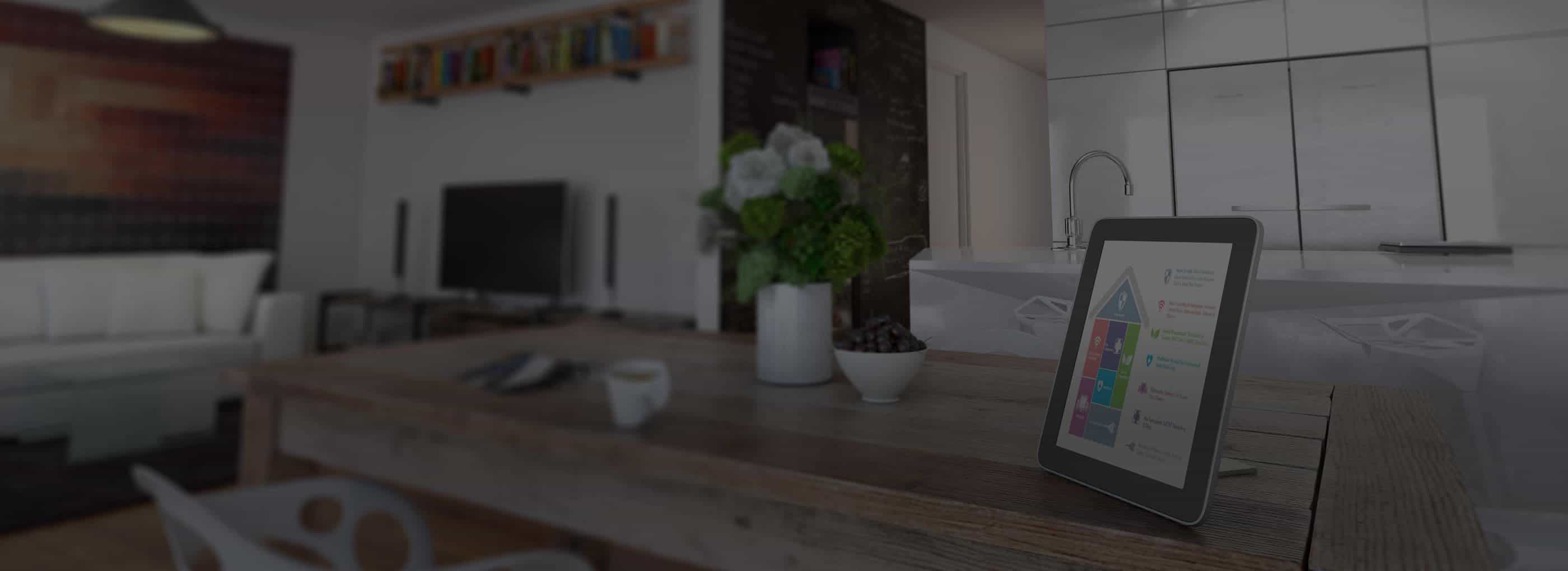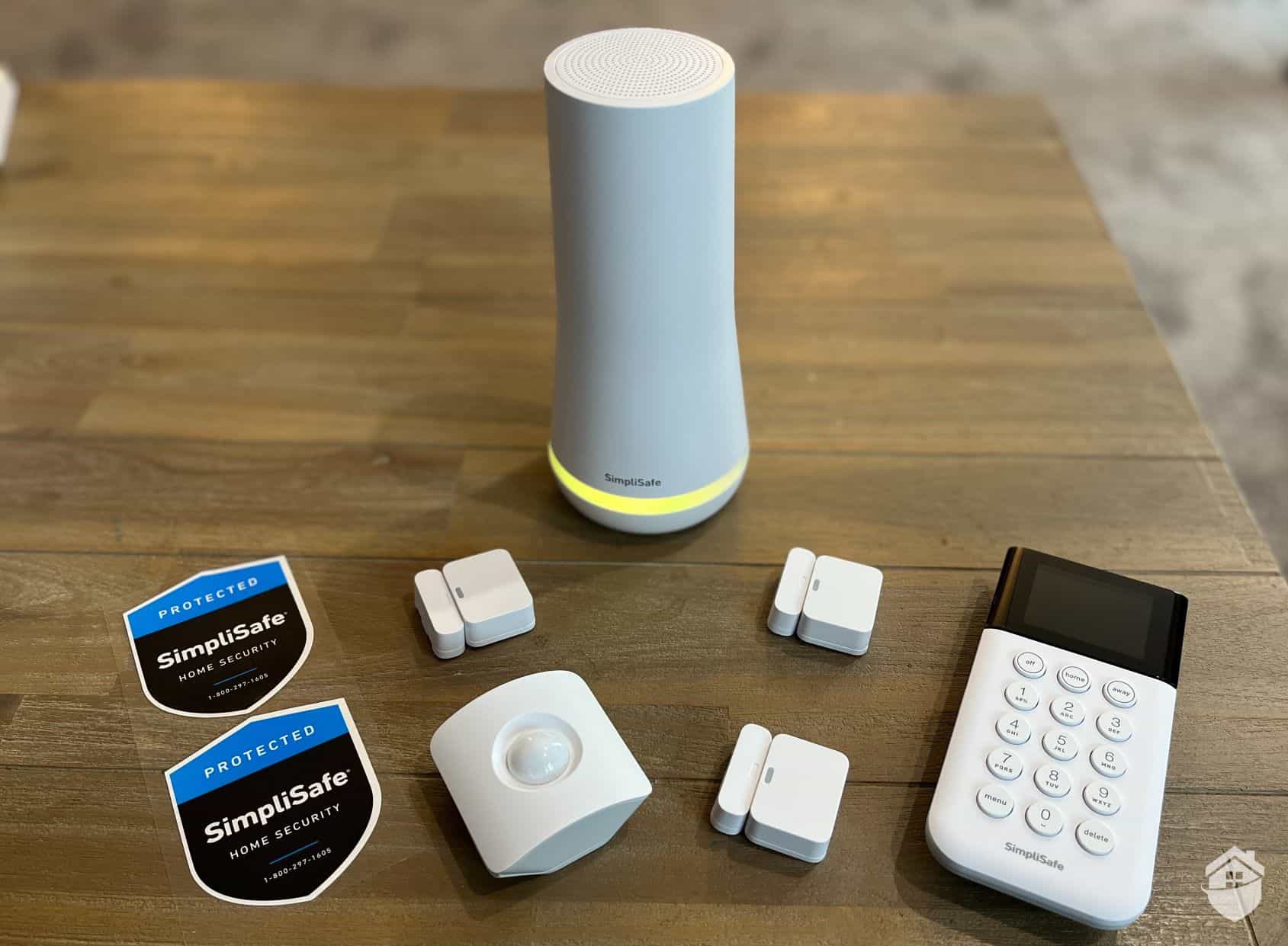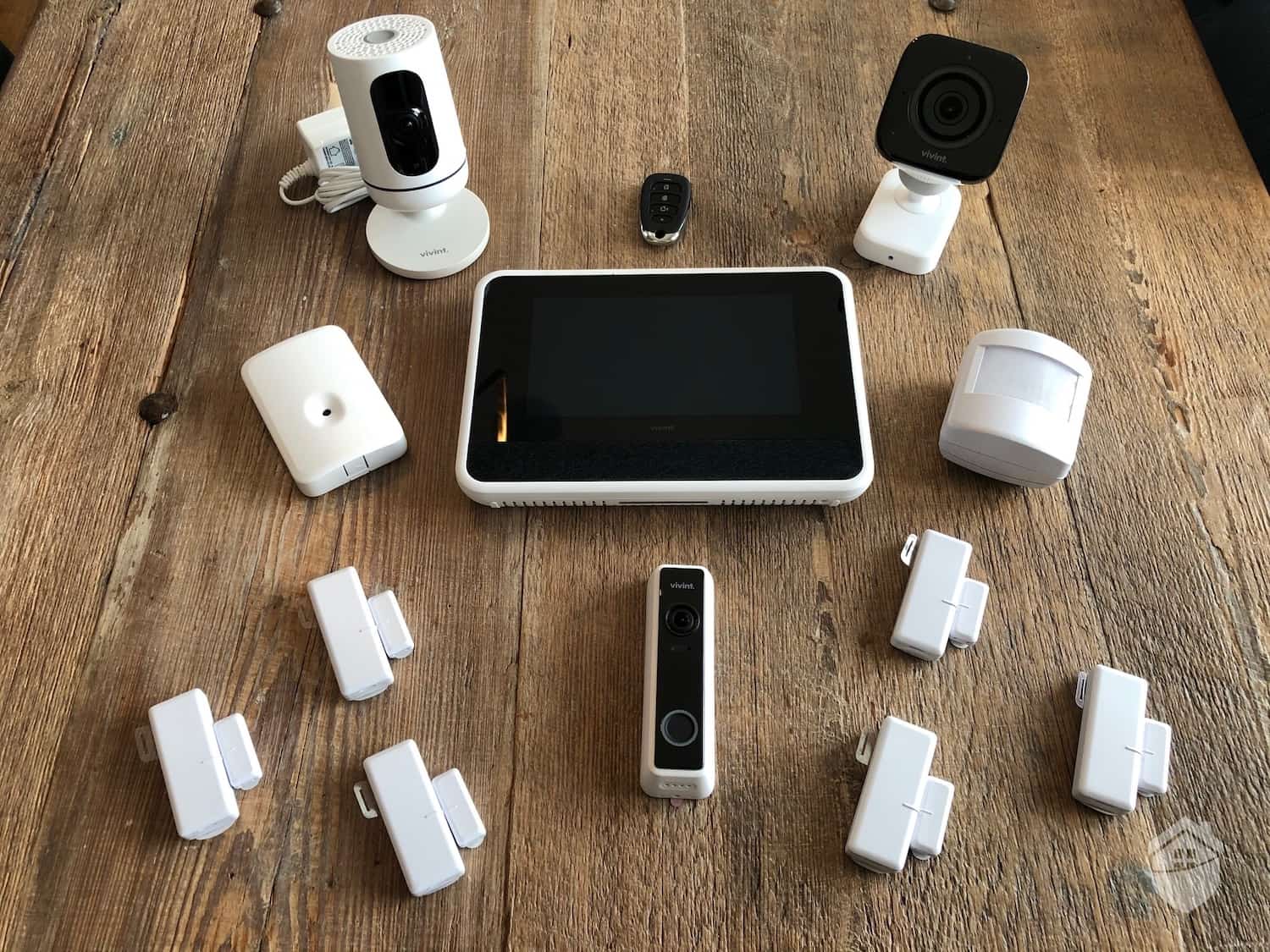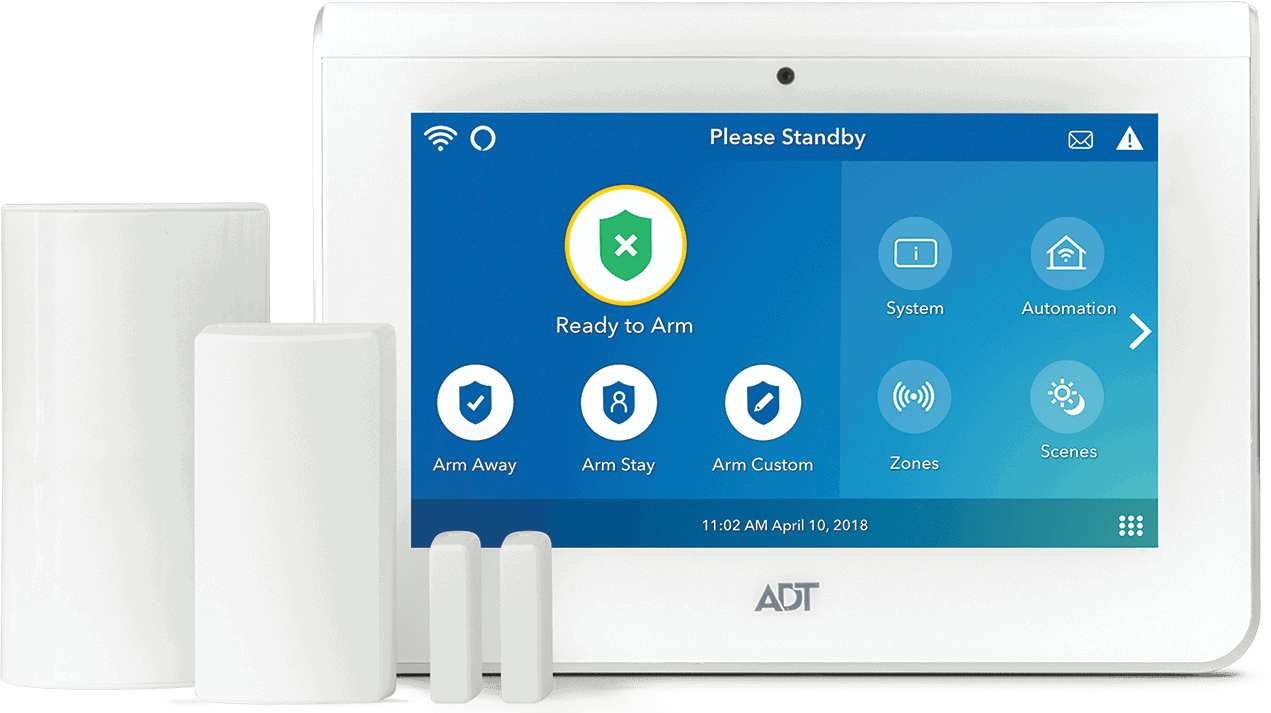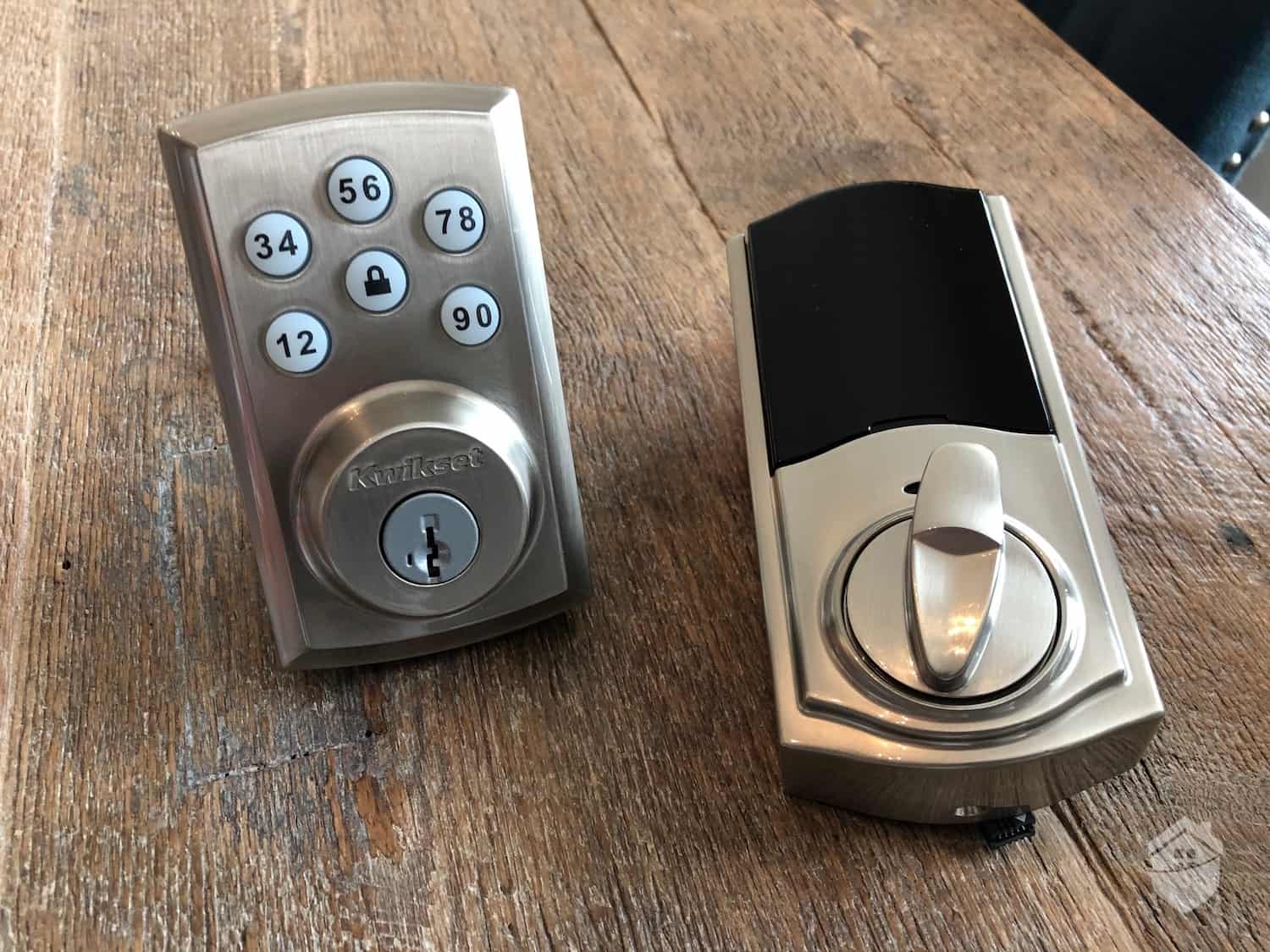If you’re wondering how to turn off your smoke alarm, how to get the thing to stop chirping, or where to place a CO monitor in your home… well, you’re in luck. We’re going to cover these frequently asked questions right here in this guide. So let’s jump in and discuss environmental monitoring and home safety.
How To Turn Off a Smoke Alarm
How To: Remove the smoke alarm batteries and hold down the “reset” button for 20 seconds or so. That’s how you turn off a smoke alarm.
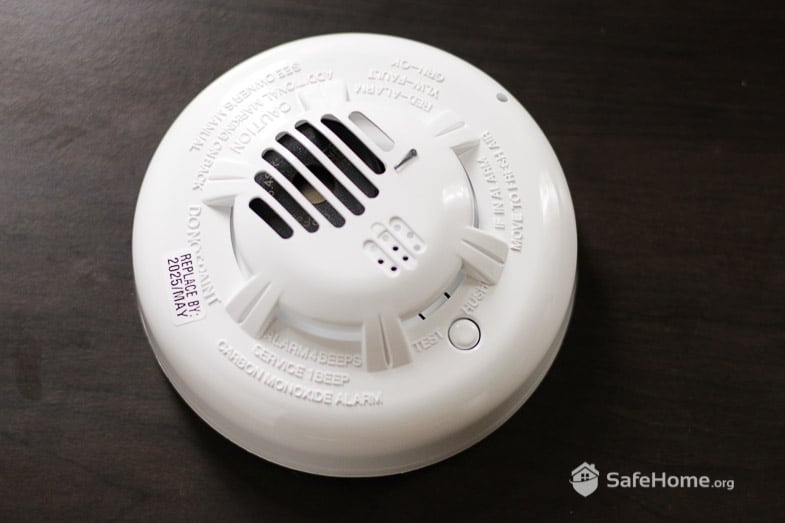
Alder Smoke Sensor
It happens to the best of us. Dinner gets too charred in the oven, or the kids’ science experiment goes awry, triggering a harsh, piercing sound from the smoke detector. As we all know, if we’re in the middle of a household emergency, we’re not necessarily worried about snuffing out irritating noises right away – we’re looking for a fire and getting to safety.
Pro Tip: Time is of the essence in a fire; being prepared is priority No. 1. Check out our Residential Fire Prevention and Safety Guide for more essential tips.
But if our alarm is ever triggered for benign or unknown reasons, it’s always helpful to know how to shut it off at a moment’s notice. Whether you bought a home with a pre-installed smoke detector or are considering adding more, it’s important to remember one thing: A smoke detector will set off a loud siren if there’s a fire, and an intermittent beep if the battery is low. In rare cases, it’s a false alarm, but if you hear that siren, take immediate action.
More likely, what you’ll run into from time to time with your smoke alarm is an irritating beeping or chirping sound, which usually means it’s time to change the battery. It might even haunt your dreams, or send you into a tizzy trying to find the source of the sound – we admit it’s taken us for a loop a couple of times in our homeownership journey – but trust us, they’re worth it.
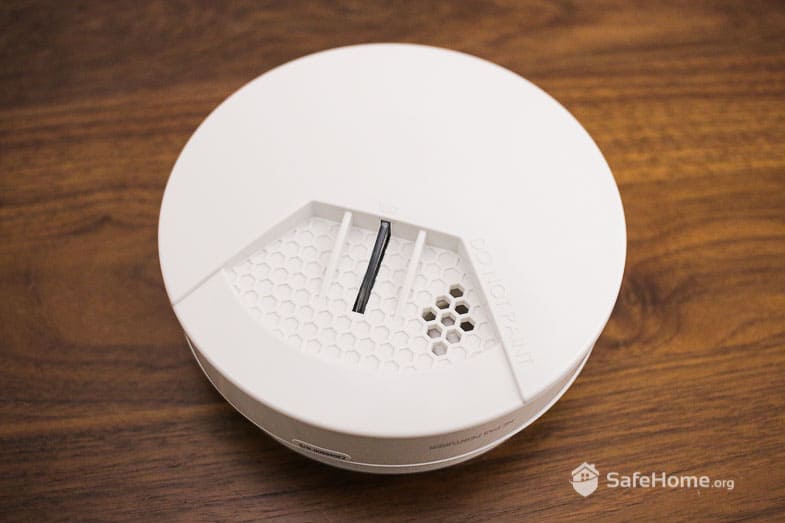
SimpliSafe – Smoke Detector
Here’s how to stop that nagging chirp and get this vital piece of home safety up and running again.
FYI: In our home, we use First Alert standalone smoke detectors with rechargeable batteries that claim to last up to 10 years. We’re at about the 3-year mark, and we haven’t had to recharge them yet. We recommend this setup for folks who prefer low-maintenance equipment. Or better yet, choose a smart smoke detector from a home security company like Vivint or ADT.
How to Stop Your Smoke Alarm from Chirping
Most smoke detectors are built with a reset button front and center on the unit, which lights up red when it needs attention. When we triggered our alarm for testing purposes, it was simple to turn it off – we held down that reset button for about 10 seconds, and the chirping stopped.
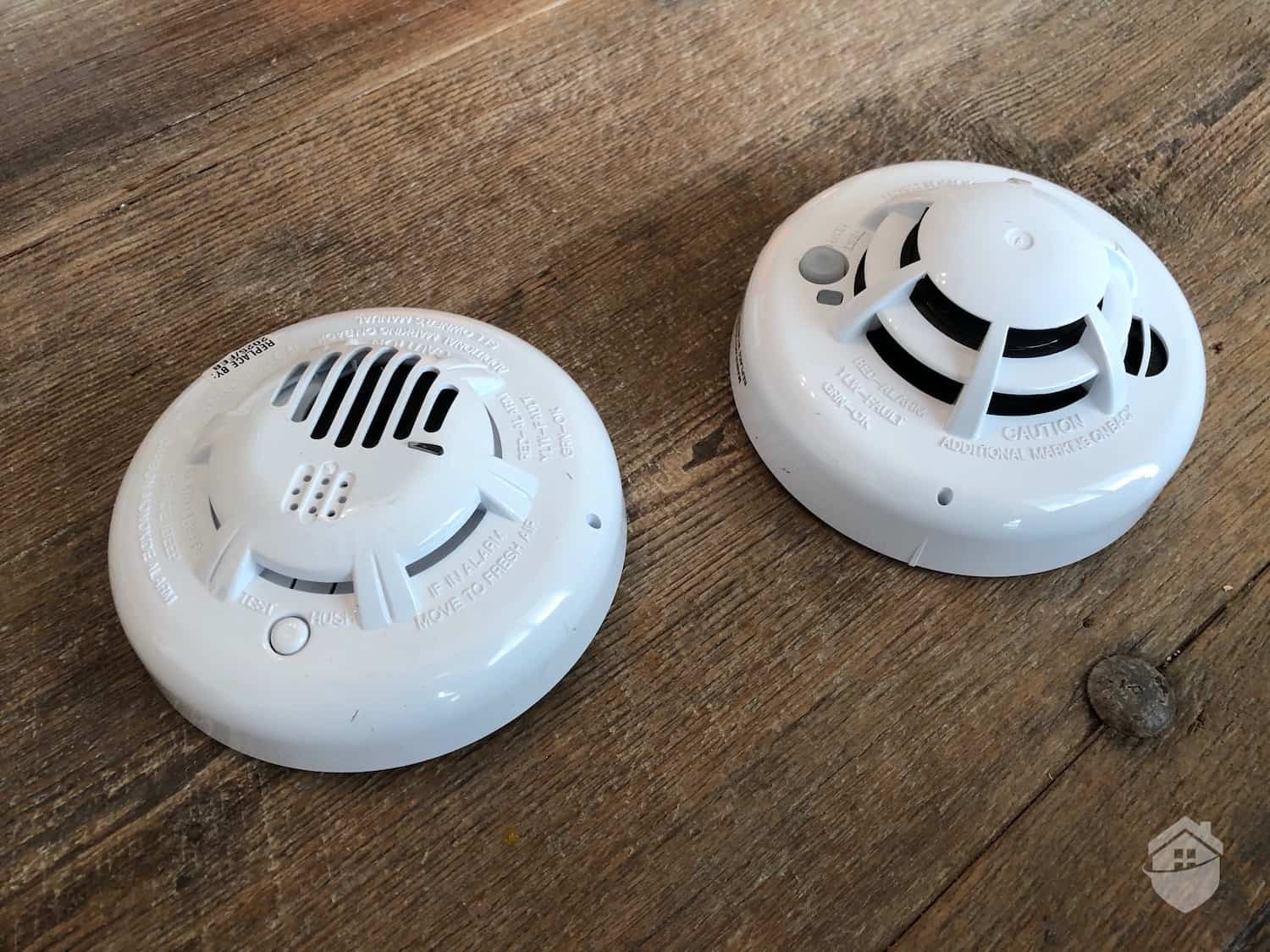
Vivint Smart CO/Smoke Detectors
For hardwired alarms, we know the process varies somewhat depending on the brand and type you choose. But it’s just like any other wired device in our home: Before we perform any maintenance, we always turn off the breaker that controls the alarm’s circuit.
After that, the process isn’t that much different than we’ve had with a standalone alarm: Press the reset button until the chirping stops, install a new battery, and reattach the device. Oh, and don’t forget to turn the breaker back on!
Where to Install a CO Monitor
From where we sit, no discussion of CO monitors is complete without first noting how important it is to have one (or more!). We have several, located in multiple areas of our homes. Whether you’re moving into a new home with a set of CO monitors already installed or you’re looking for more to add, it’s crucial to take this step of your home security journey very seriously.
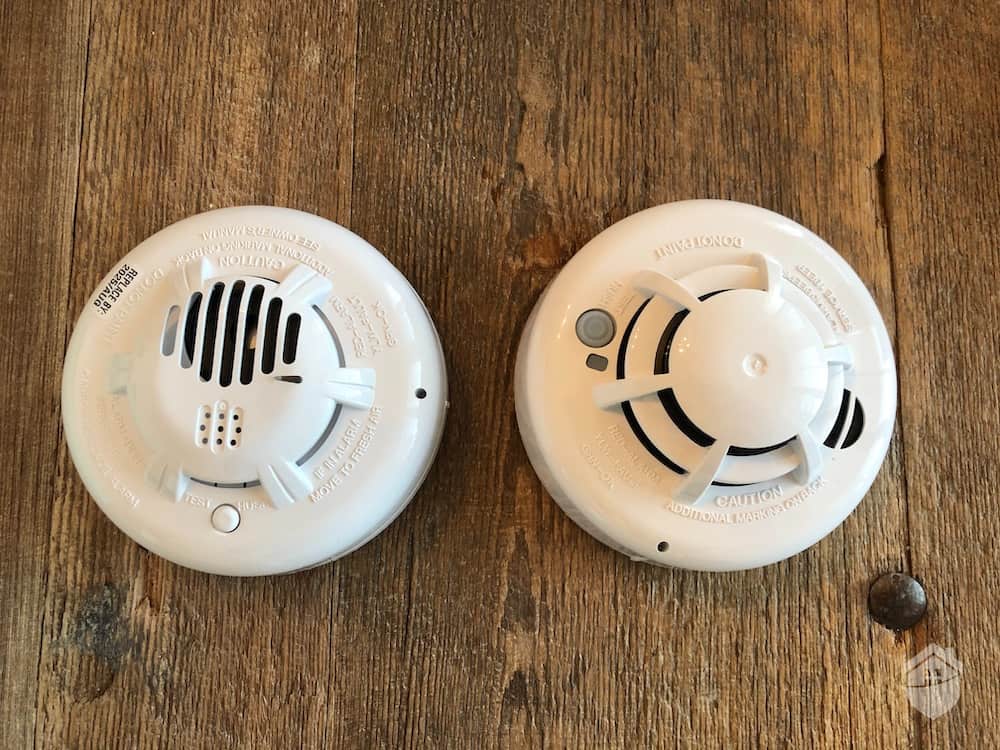
Cove Smoke Detector and CO Detector
Why? Because carbon monoxide kills, plain and simple. And as multiple studies have shown, the severity of CO poisoning is directly linked to the concentration of the gas in a victim’s bloodstream. In very non-scientific terms: time is of the essence here. Getting real-time, accurate readings and immediate alerts to any danger – whether that danger occurs in broad daylight or the dead of night – is the No. 1 purpose of any CO monitor.
To ensure your CO monitor works properly, we echo the advice of the Environmental Protection Agency. Place the monitor about 5 feet above the floor. If you place it too low, it might miss its mark, as carbon monoxide is lighter than air and tends to rise with warmer air.
Also, the EPA advises against placing the detector next to or above a fireplace or any flame-producing appliance. If your home has multiple levels, placing a detector on each floor is essential; so is keeping the device out of the reach of pets and kids.
For more advice and expertise on protecting your home from hazards, visit our comprehensive Home Safety Guide. And don’t forget to head over to our best home security system guide, where you’ll find lots of options to protect your home — from intrusion protection to environmental monitoring and everything in-between.
